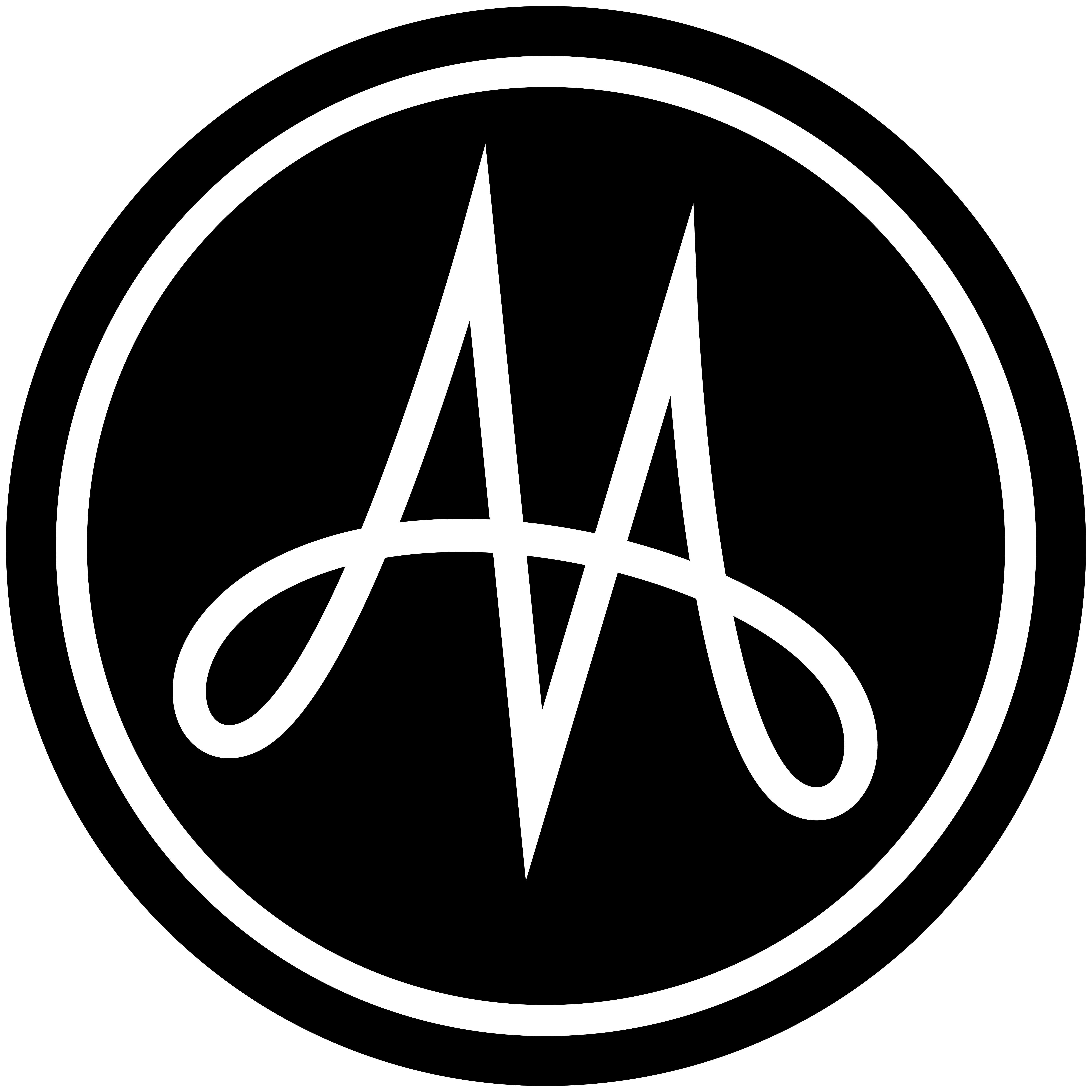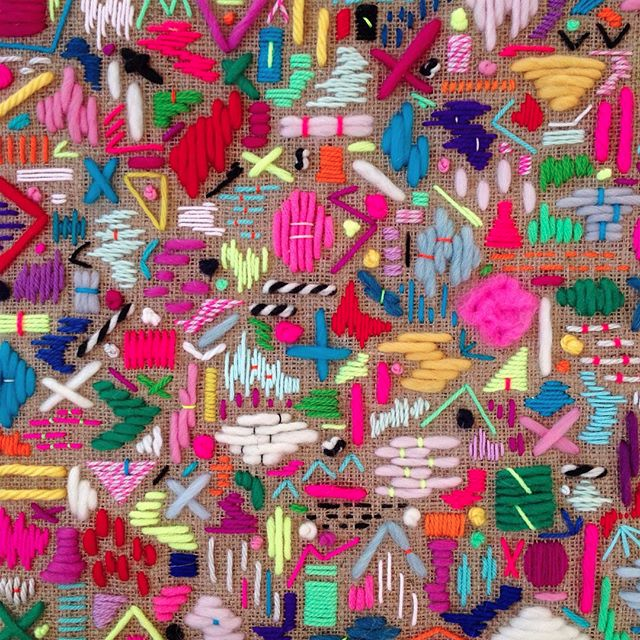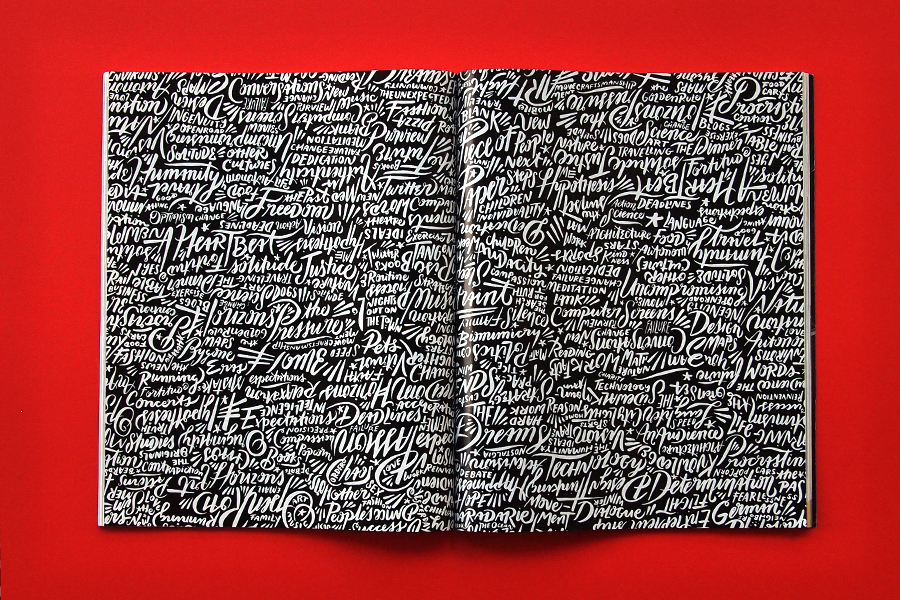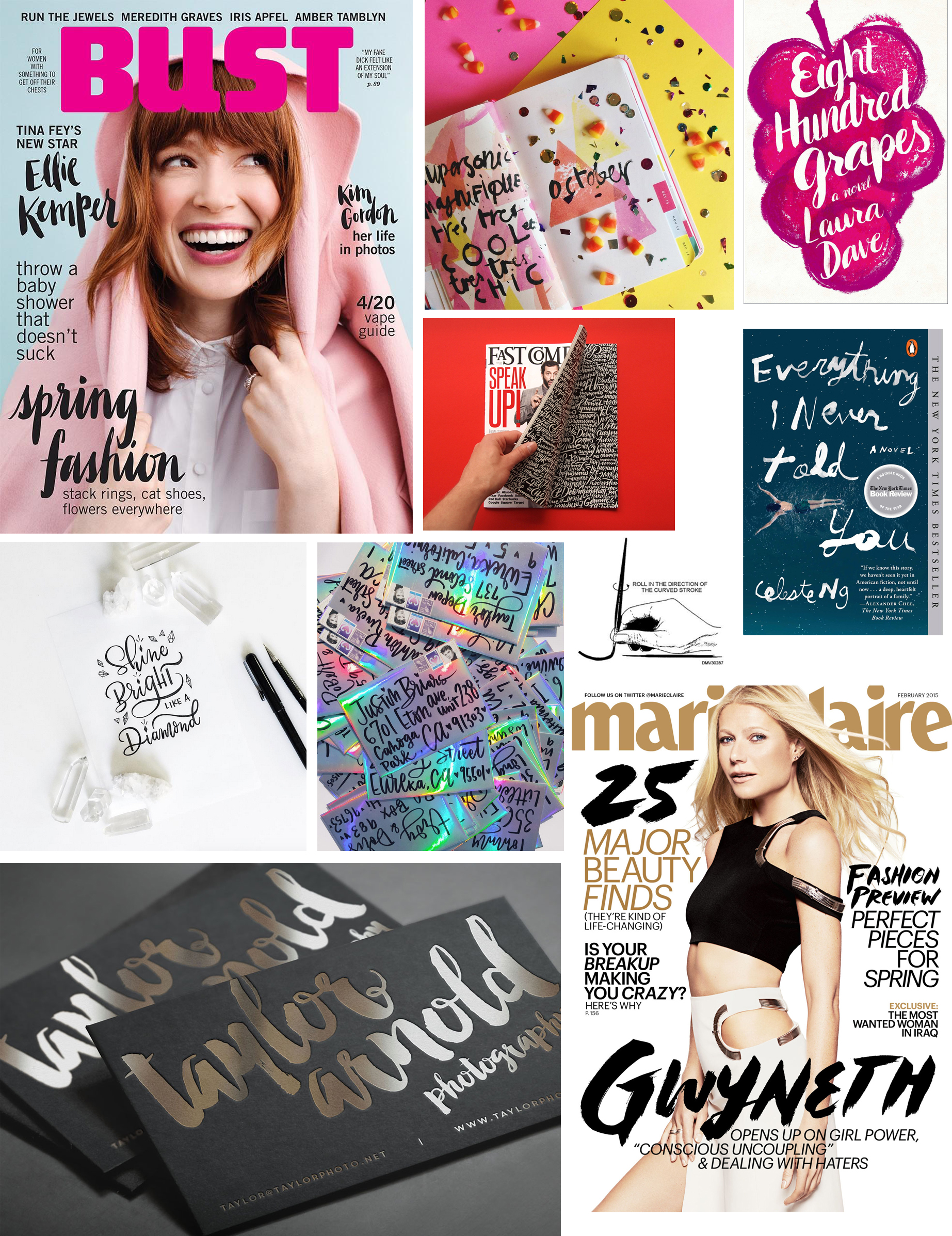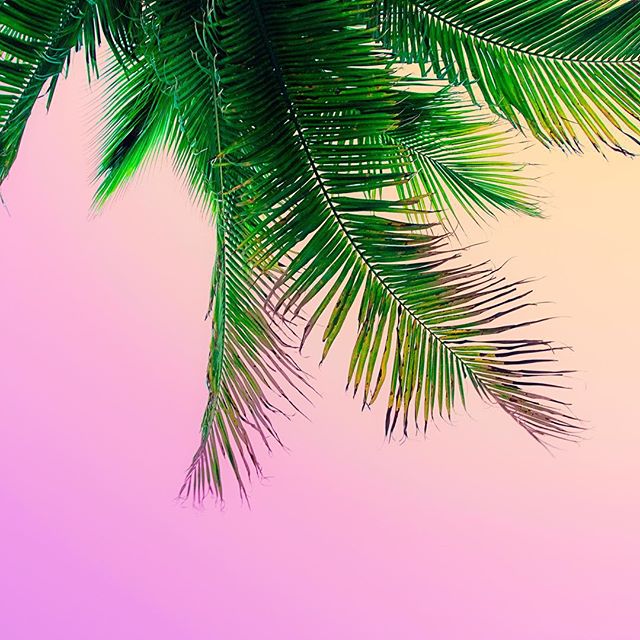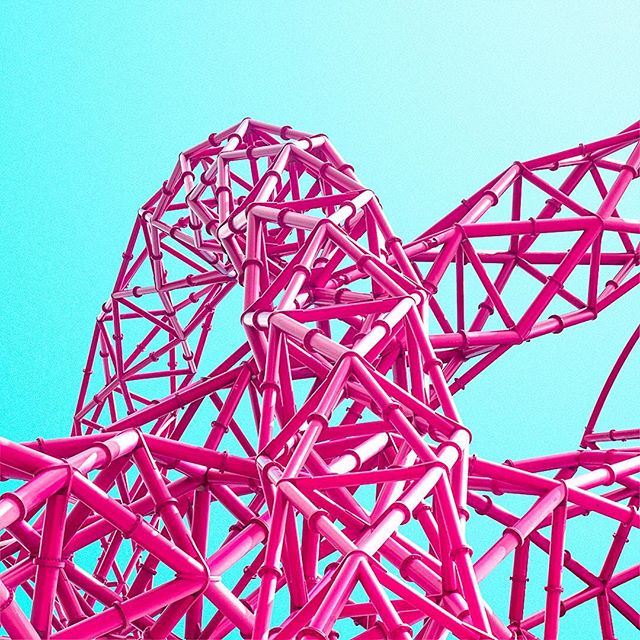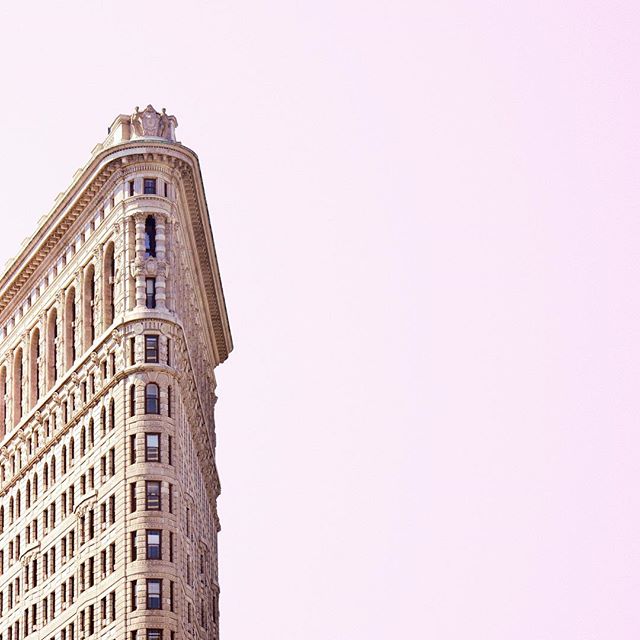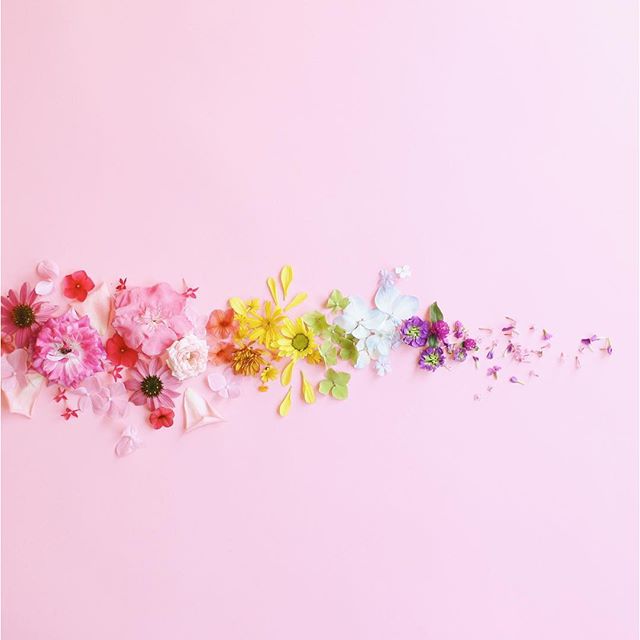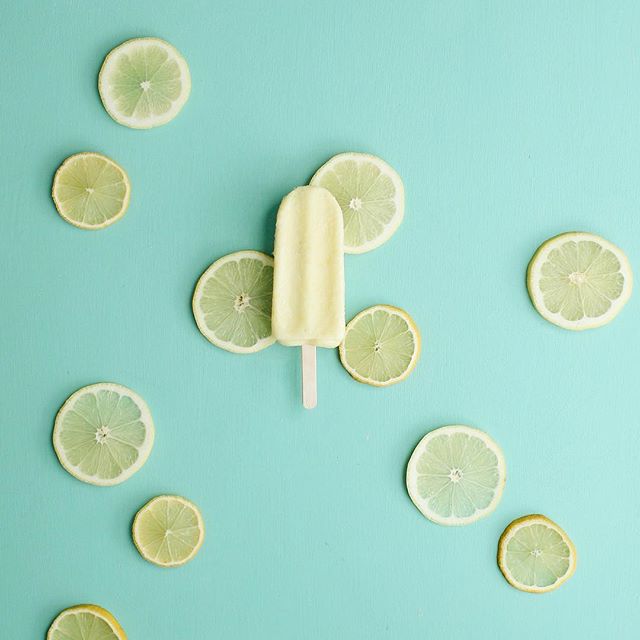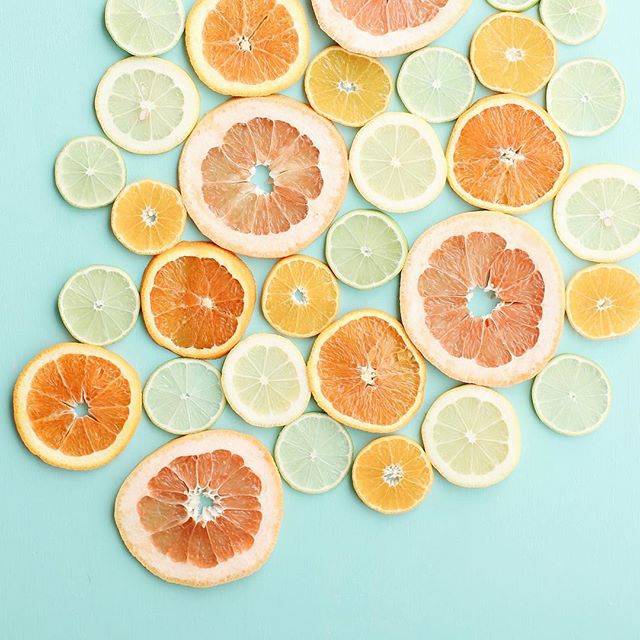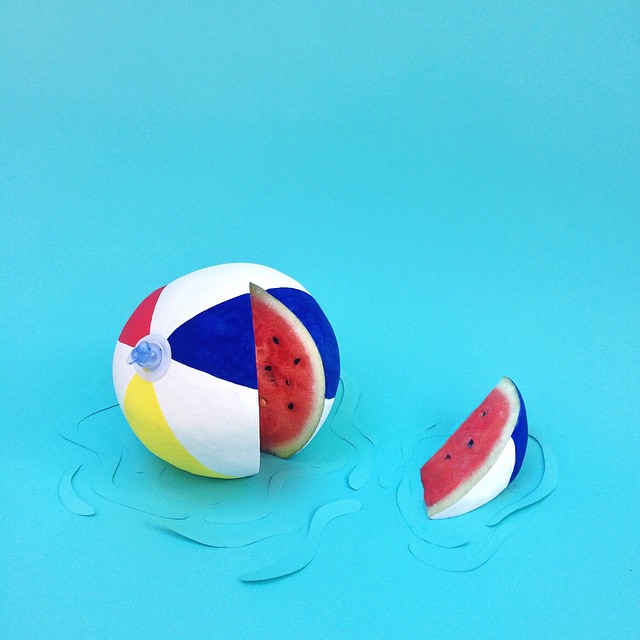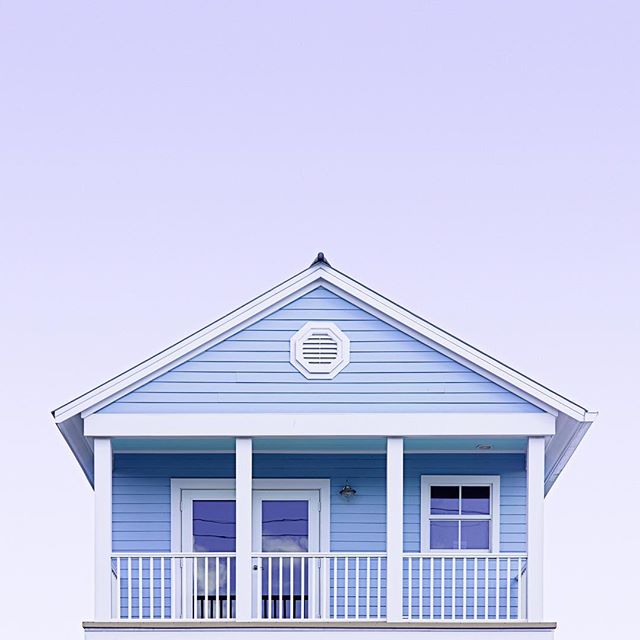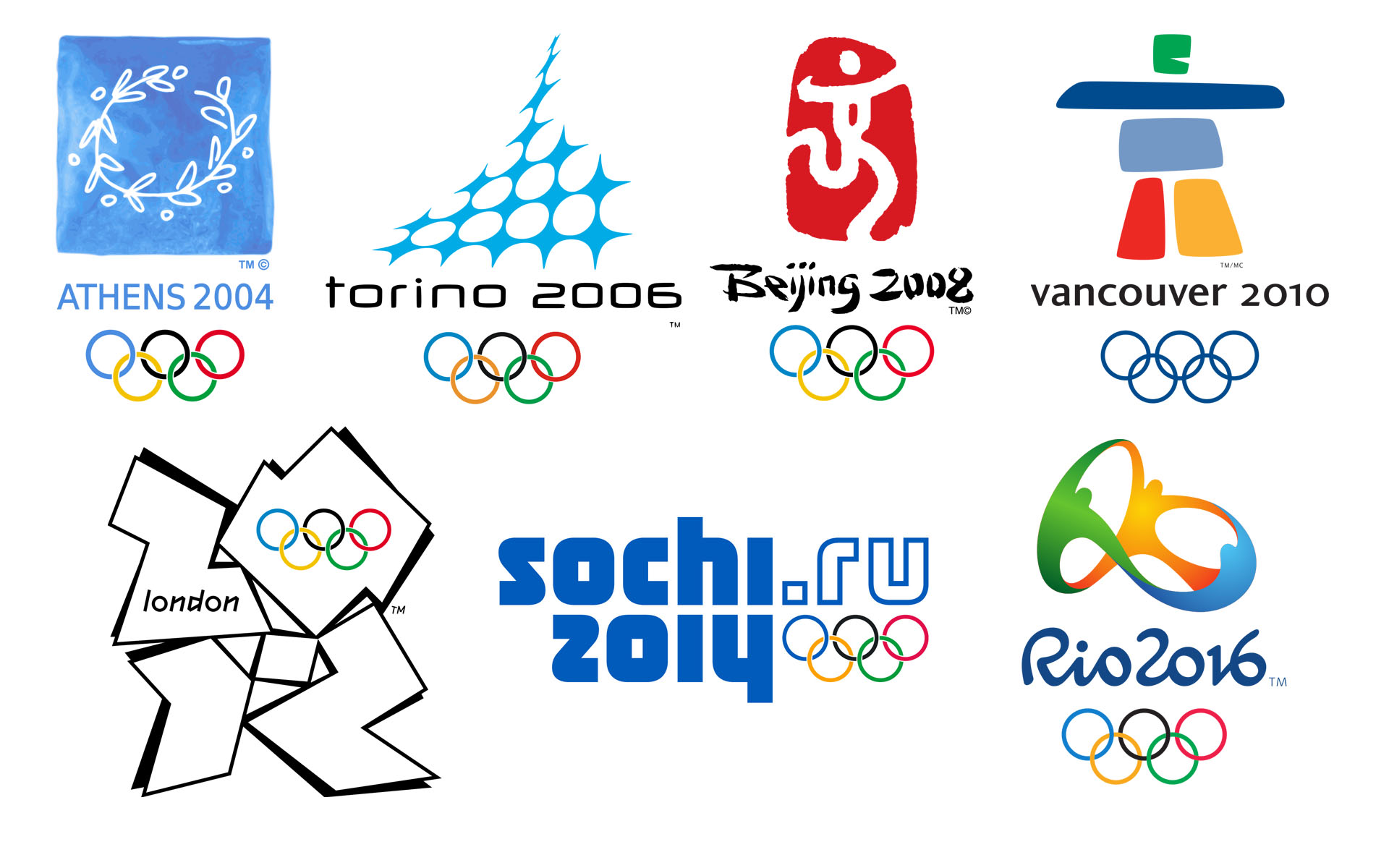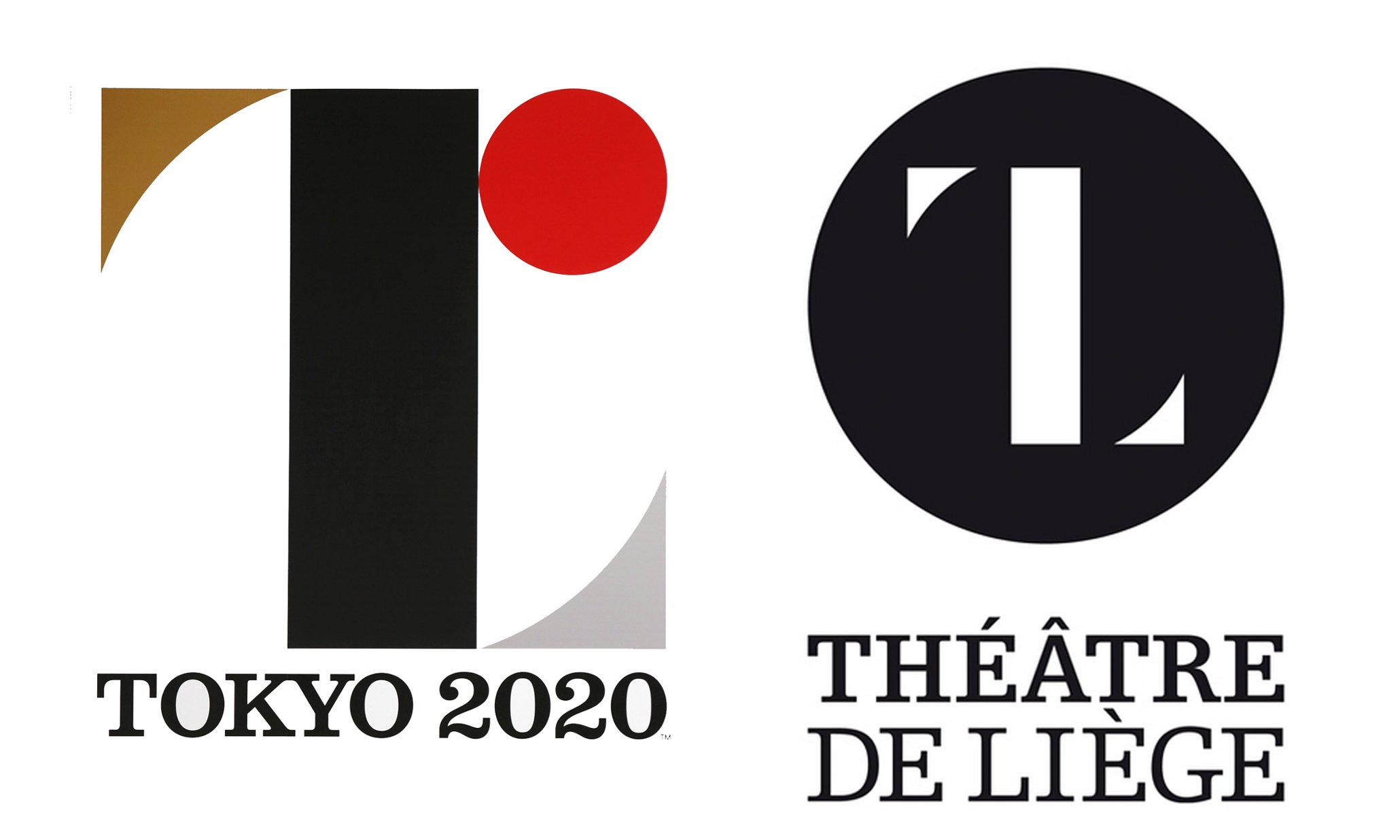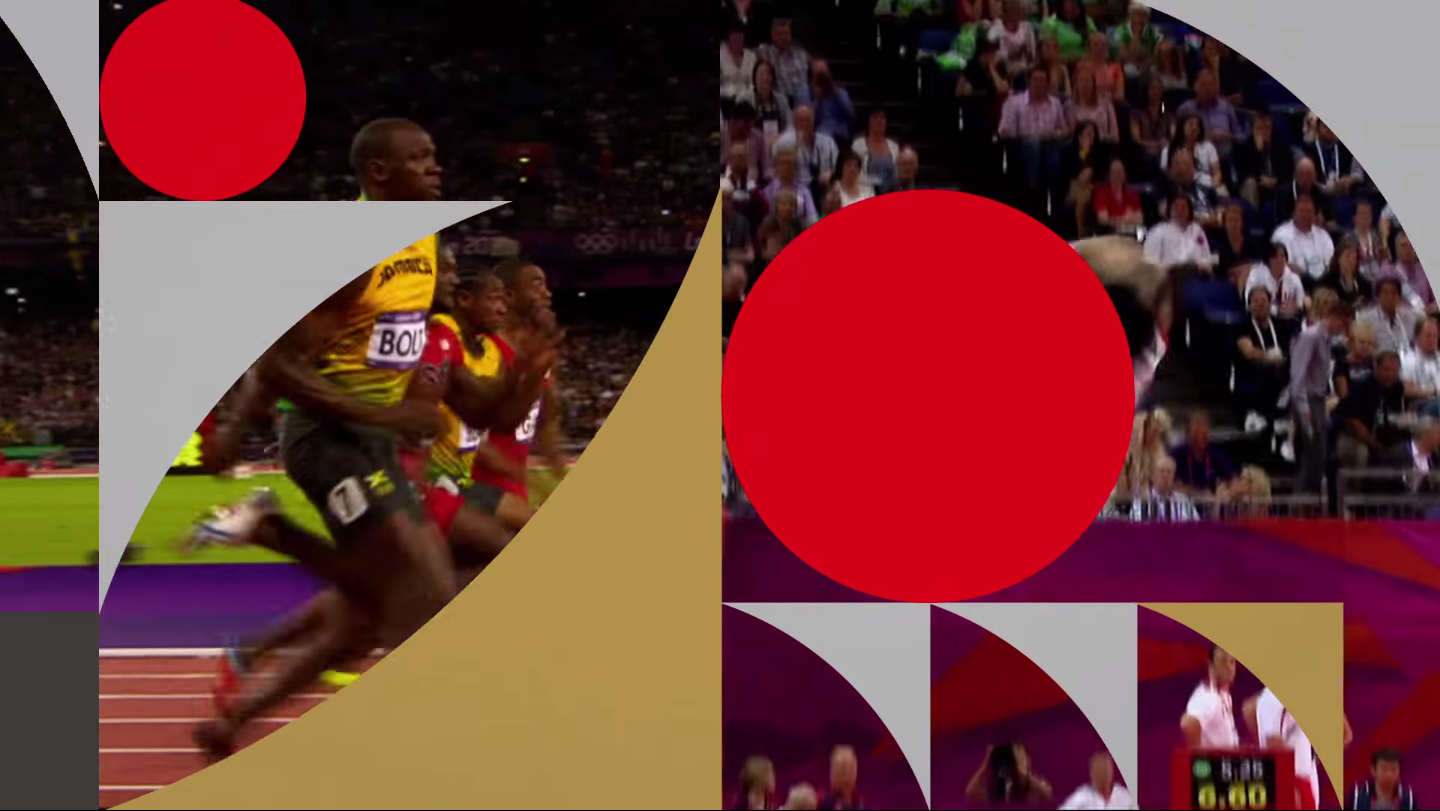It feels like everyone has been taking pottery classes and been learning to make their own ring dishes and vases, and professionals are seeing even more popularity. With the rise of succulents and other small plants, the need for their containers has grown as well.
Some of my favorite ceramicists:
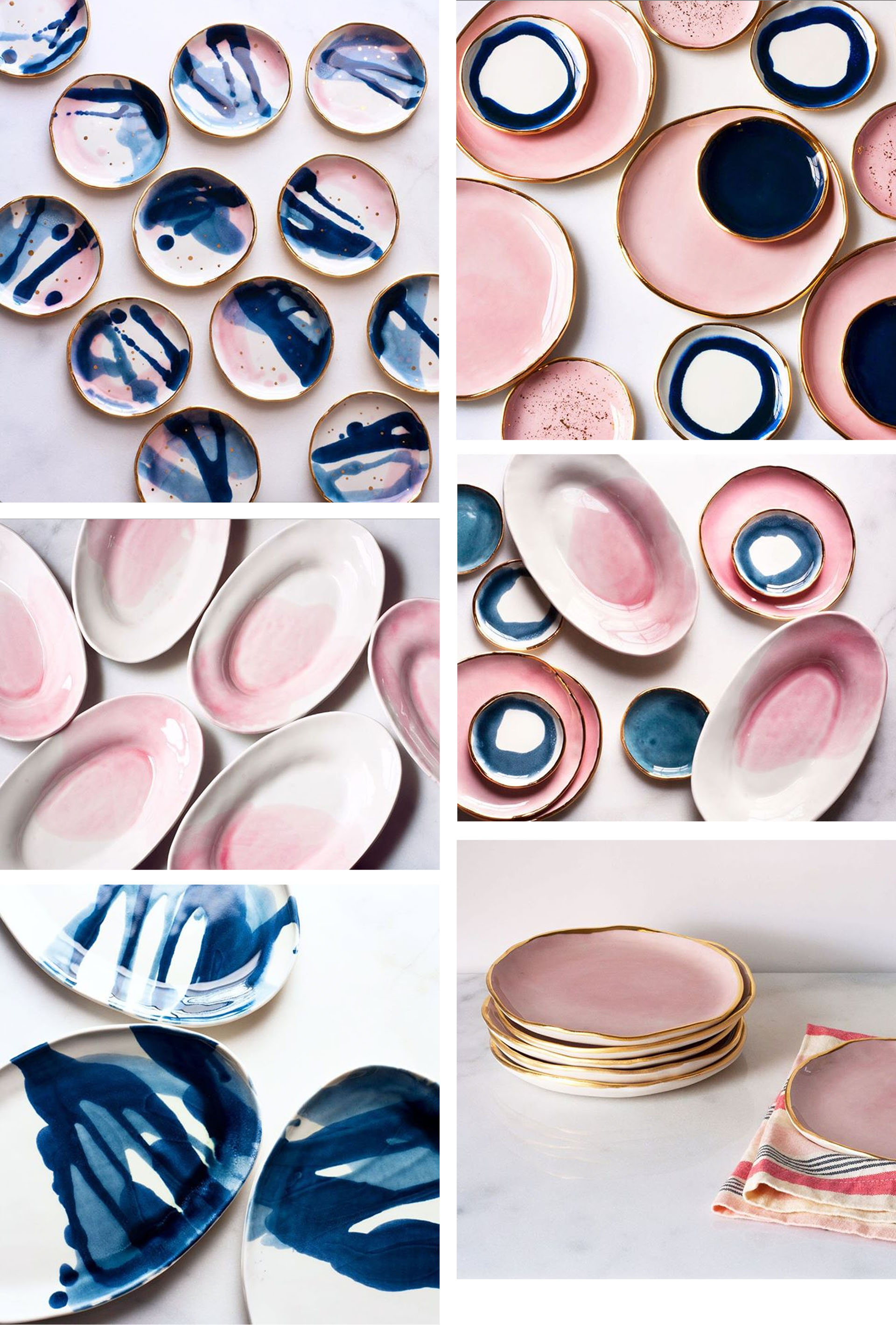
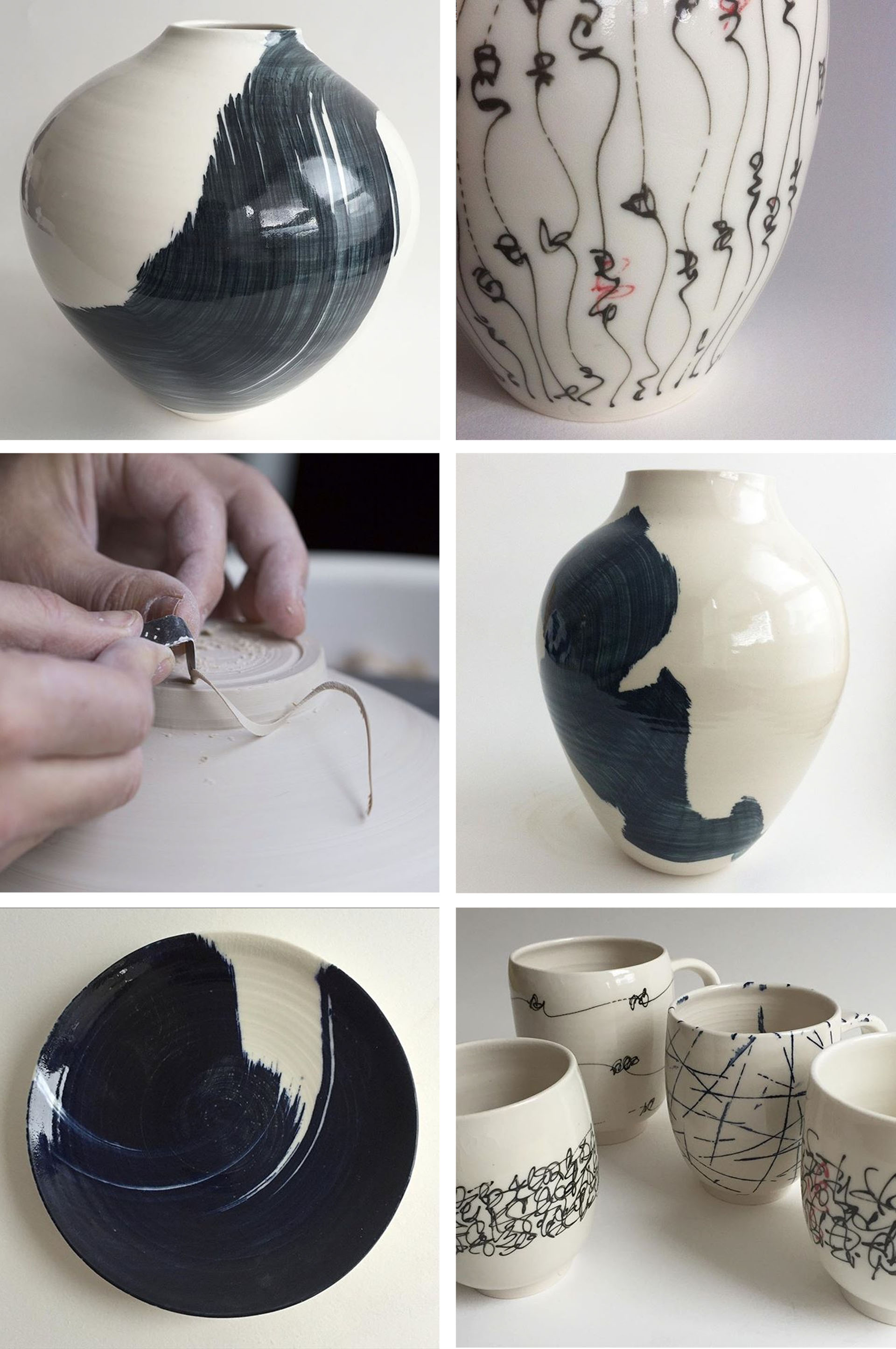
Embroidery has also cycled back around to the forefront of the artistry scene. Rather than the more traditional designs, however, 2016 embroiderers are embracing more assertive mantras, brighter colors, and even full scenes.
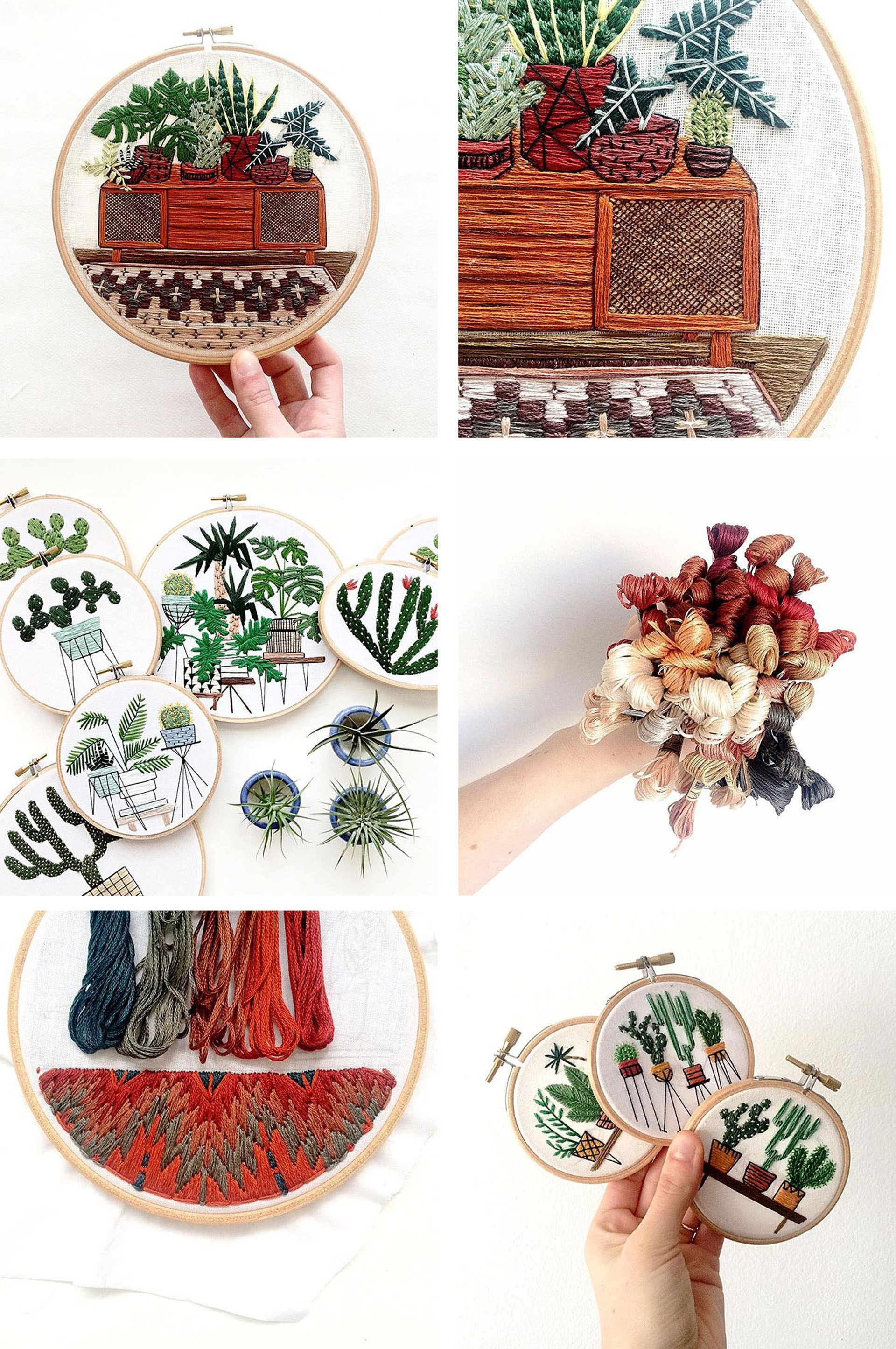
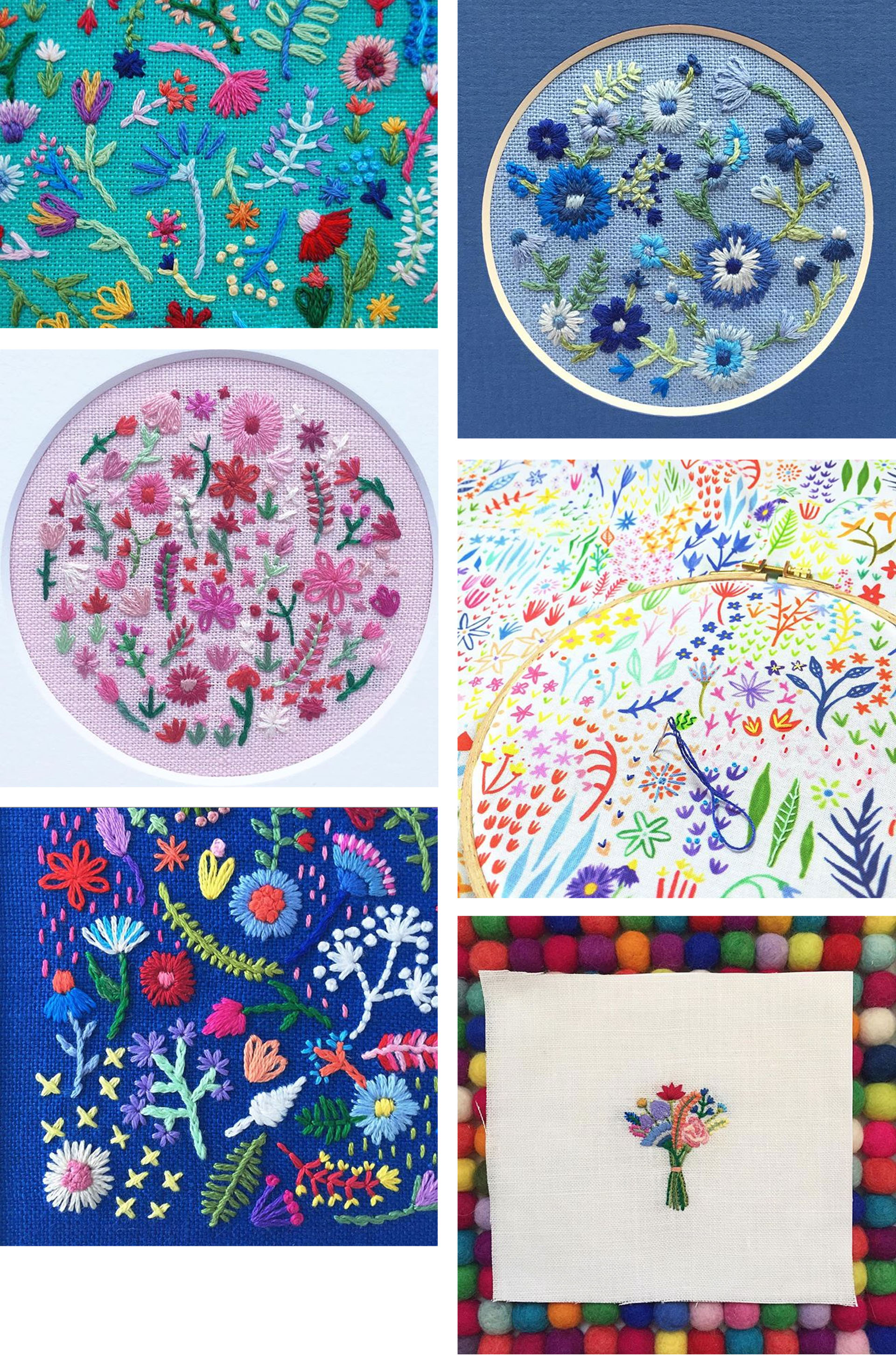
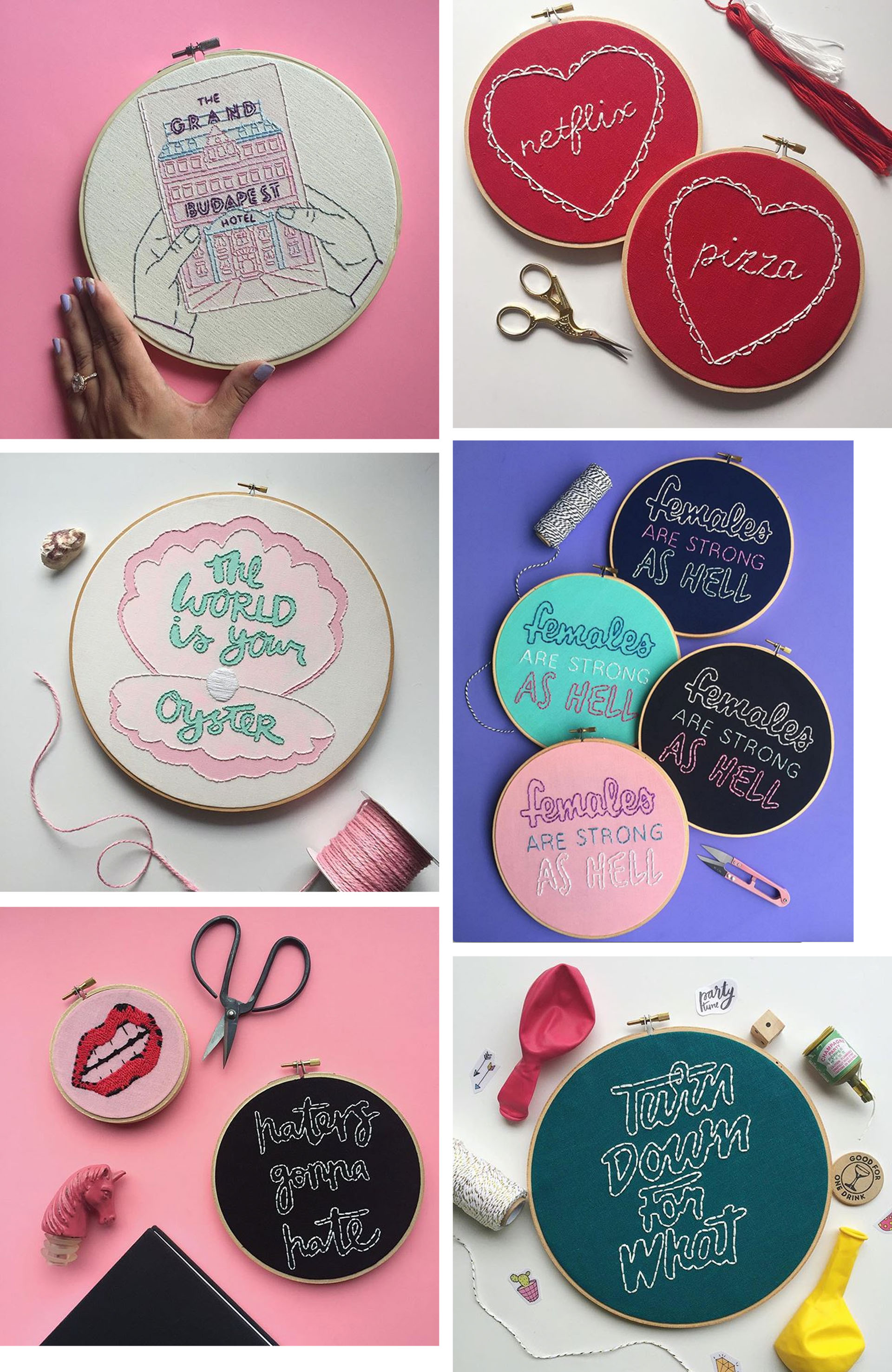
I love the variety in aesthetics that can be achieved through the individual makers and traditional mediums. What other handcrafted trends have you been keeping up with recently? Who are some of your favorite artists to follow?
(featured image artist: elizabethpawle)
